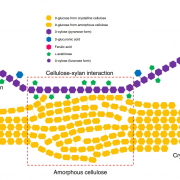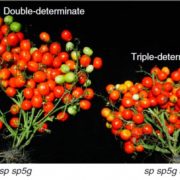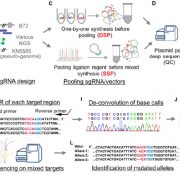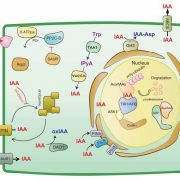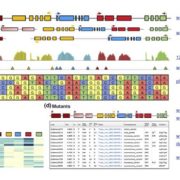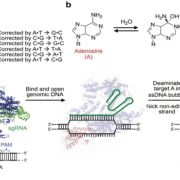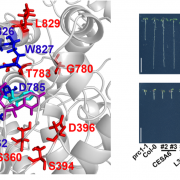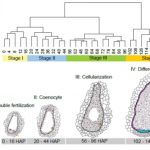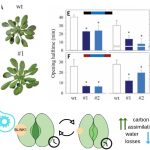Generating novel, dual herbicide-resistant crops using CRISPR-mediated gene editing (Plant Physiol)
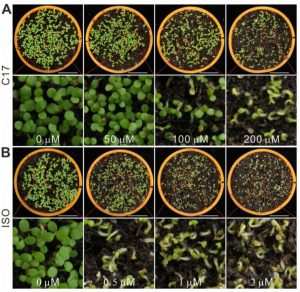 There is an ever-growing need for novel herbicides as more weeds are becoming resistant to commonly used herbicides. In a recent report from Hu et al., the authors identified that a previously described cellulose biosynthesis-inhibiting chemical, C17, possesses an herbicidal quality. The authors showed that the treatment with C17 resulted in the depletion of cellulose synthase subunits (CESA) in the plasma membrane of weeds and dicotyledonous crops while leaving monocotyledons unaffected. By combining treatment with commercially used cellulose biosynthesis inhibitors, the authors identified that C17 affects CESA through a novel mode of action. To develop new methods of herbicide treatment, the authors used CRISPR-mediated gene editing to engineer plants that were resistant to C17 by mutating the CESA3 gene. They also showed that this resistance could be coupled with resistance to other cellulose biosynthetic genes to develop a more robust, herbicide resistant crop which did not display dwarf phenotypes common in double herbicide-resistant mutants generated through traditional breeding methods. These results provide the foundation for the use of C17 as a new tool in both the generation of novel herbicide resistant crops as well as a research tool for transformation selection markers. (Summary by Nick Segerson) Plant Physiol. 10.1104/pp.18.01486
There is an ever-growing need for novel herbicides as more weeds are becoming resistant to commonly used herbicides. In a recent report from Hu et al., the authors identified that a previously described cellulose biosynthesis-inhibiting chemical, C17, possesses an herbicidal quality. The authors showed that the treatment with C17 resulted in the depletion of cellulose synthase subunits (CESA) in the plasma membrane of weeds and dicotyledonous crops while leaving monocotyledons unaffected. By combining treatment with commercially used cellulose biosynthesis inhibitors, the authors identified that C17 affects CESA through a novel mode of action. To develop new methods of herbicide treatment, the authors used CRISPR-mediated gene editing to engineer plants that were resistant to C17 by mutating the CESA3 gene. They also showed that this resistance could be coupled with resistance to other cellulose biosynthetic genes to develop a more robust, herbicide resistant crop which did not display dwarf phenotypes common in double herbicide-resistant mutants generated through traditional breeding methods. These results provide the foundation for the use of C17 as a new tool in both the generation of novel herbicide resistant crops as well as a research tool for transformation selection markers. (Summary by Nick Segerson) Plant Physiol. 10.1104/pp.18.01486


